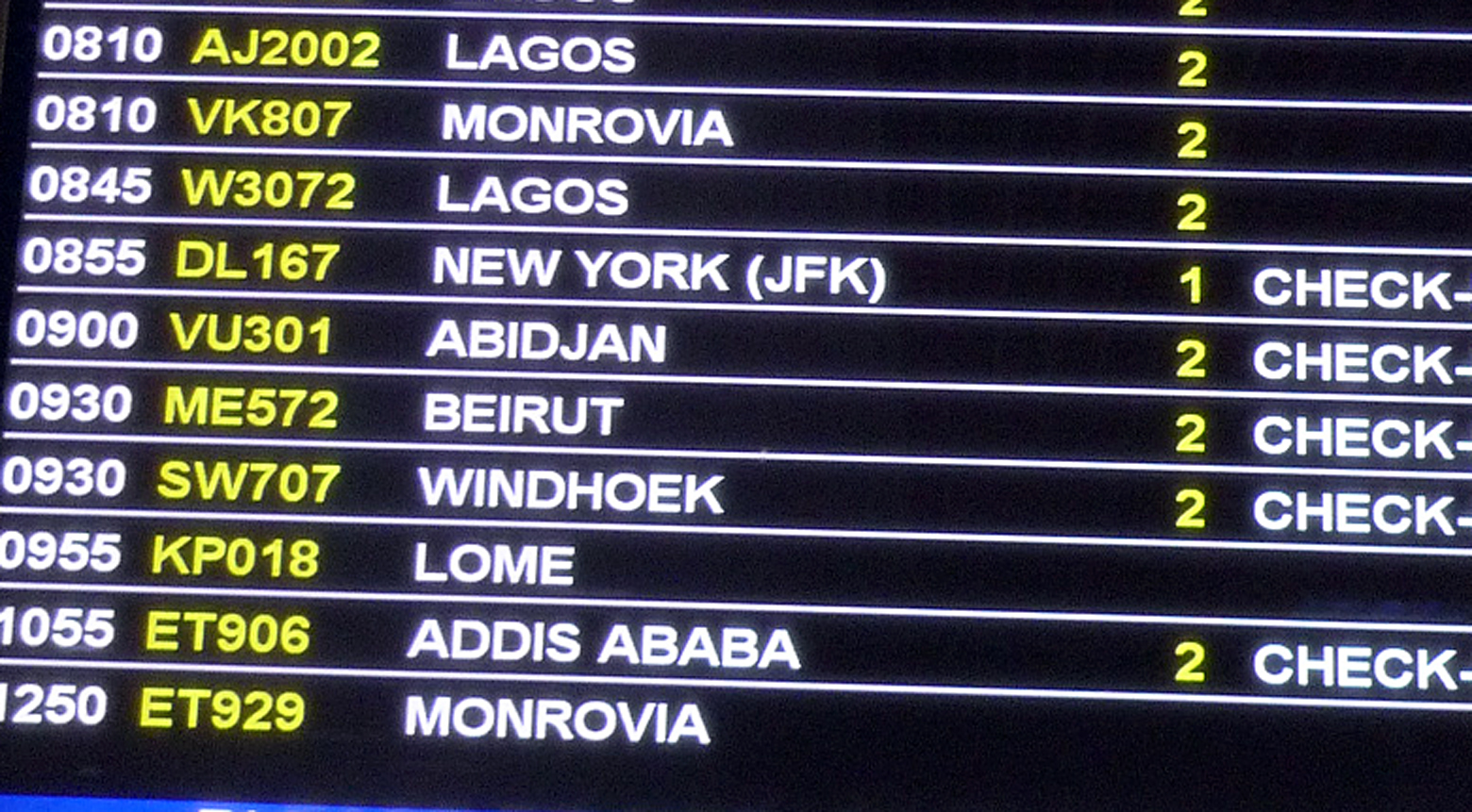The Secret Lives of Flight Numbers

WHERE DO flight numbers come from? Do they hold some hidden meaning?
Yes and no. Ordinarily, flights going eastbound are assigned even numbers; those headed westbound get odd numbers. Another habit is giving lower, one- or two-digit numbers to more prestigious, long-distance routes. If there’s a flight 1 in an airline’s timetable, it’s the stuff of London–New York.
Numbers might also be grouped geographically. At United, transpacific flights use three-digit numbers beginning with 8, which is considered a lucky number in some Asian cultures. Four-digit sequences starting with a 3 or higher are, most of the time, indications of a code-share flight.
Technically, a flight number is a combination of numbers and letters, prefaced with the carrier’s two-letter IATA code. Every airline has one of these codes. For Delta, American, and United, it’s DL, AA, and UA, respectively. Lufthansa uses LH; Emirates uese EK. Sometimes it’s alphanumeric, as with JetBlue’s B6.
If you didn’t know about this practice, you probably became familiar with it after the disappearance of Malaysia Airlines flight 370, which from the start was referred to as “MH370.” In the United States, we tend to ignore these prefixes, but overseas they are used consistently. In Europe or Asia, the airport departure screen might show, for instance, flights CX105 or TG207. That’s Cathay Pacific and Thai Airways. When filling in your immigration forms, you should use the full designator.
These airline codes are sometimes random or meaningless, but when they do have a meaning it can be fun to decipher. Many are straightforward: BA for British Airways. Aeroflot’s SU comes from “Soviet Union.” Others are more esoteric. For instance, EgyptAir’s choice of MS, which would seem random until you realize the Arabic word for Egypt is “Misr.” Maybe someone can explain why Finnair’s code is AY.

Flight numbers along a given route can remain unchanged for years or even decades. When I was a kid, Lufthansa’s daily departure from Boston to Frankfurt was flight 421; the inbound from Frankfurt was 420 (a reversal of the east/west practice described above). Lufthansa still uses these numbers. In the old days the aircraft was a DC-10 or sometimes a 707. Today it’s a 747-400.
American’s morning departure from Boston to Los Angeles had been flight AA11 as far back as the 1960s. That ended on September 11, 2001. After an incident, one of the first things an airline does is retire the number of the affected flight. I had taken flight 11 once, when I was a freshman in high school. It was a DC-10 at the time.
The longest-surviving flight number might well be Qantas flight QF1. This is the Sydney-London run. Begun in the 1940s along the so-called “Kangaroo route,” the flight would make multiple stopovers along the way. Today it’s a one-stop via Singapore.
What other old numbers are still around? If you know of any good ones, tell us in the comments section.
Photos by the author.



